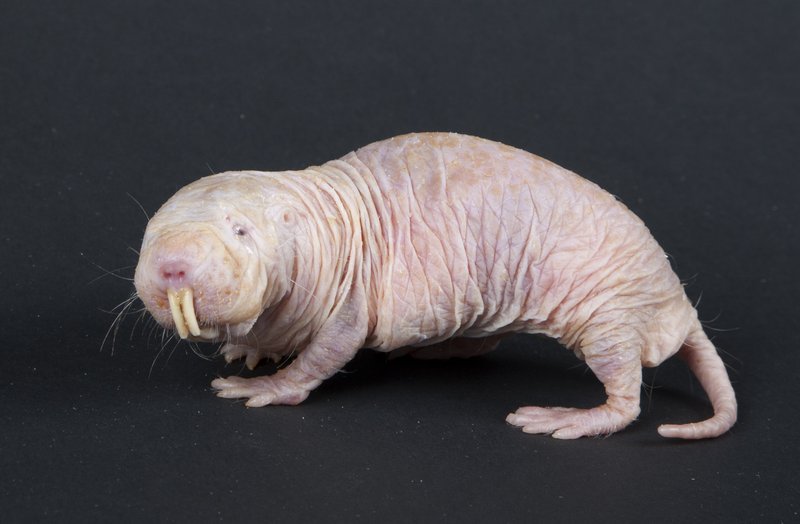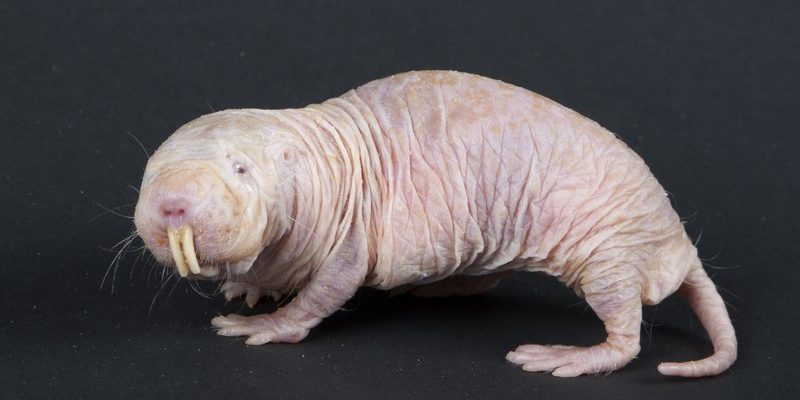
Picture this: you’re sitting in a coffee shop, sipping your favorite brew, and I’m describing these remarkable mammals that spend their lives underground, much like how some people get lost in their own little worlds. Naked mole rats thrive in their cozy tunnels, but their unusual lifestyle raises questions about their survival in a rapidly changing world. Let’s dive deeper into their conservation status and what it means for these fascinating animals.
What Are Naked Mole Rats?
Naked mole rats (Heterocephalus glaber) are small rodents native to East Africa, particularly found in countries like Ethiopia and Kenya. They have a distinctive appearance—a lack of fur, wrinkled skin, and big front teeth that make them look like they’re always smiling. You might even say they resemble something out of a sci-fi movie!
These rodents are also known for their remarkable social structure. They live in colonies that can number up to 300 individuals, led by one dominant female, often referred to as the queen. The rest of the colony consists of workers, soldiers, and even a few breeding males. Imagine a little underground city bustling with activity, and you’ll start to understand how these creatures operate as a unit.
Their diet primarily consists of underground plant parts, such as tubers and roots. Surprisingly, naked mole rats have some fascinating adaptations, helping them thrive in their low-oxygen habitats. With a unique ability to tolerate high levels of carbon dioxide, they’ve become masters of survival in their subterranean homes.
Current Conservation Status
So, where do naked mole rats stand in terms of endangerment? The short answer is that they are currently not classified as endangered. According to the International Union for Conservation of Nature (IUCN), they are listed as Least Concern. This means that, at least for now, their populations are stable and not at significant risk.
However, this doesn’t mean we can take their safety for granted! Naked mole rats face various threats, including habitat destruction due to urban development or agriculture. As humans expand their cities, they often encroach on the natural habitats of these unique creatures, which can lead to a decline in their populations.
It’s important to continue monitoring their status. While they might not be currently endangered, changes in environmental policies or climate conditions could significantly impact their survival in the future.
Habitat Threats and Concerns
While naked mole rats enjoy some protection right now, many habitat threats loom. One major issue is urbanization. As cities expand, the natural landscapes that naked mole rats depend on are disappearing. Just like when your favorite coffee shop closes down, it’s hard to find a good replacement once it’s gone.
Another concern is agriculture. Farming practices can disrupt their underground homes, making it more difficult for them to find food and reproduce. Some farmers might not realize that even their well-meaning activities can have unintended consequences on local wildlife.
Climate change also poses a long-term threat. As temperatures rise and rainfall patterns shift, the delicate balance of ecosystems is disrupted. Lower moisture levels can affect the growth of underground plants, leading to food scarcity for naked mole rats. If food becomes scarce, their populations might decline.
Conservation Efforts
Though naked mole rats are currently doing okay, several conservation efforts are crucial to ensure their long-term survival. Conservationists are focusing on habitat preservation and raising awareness about the importance of these unique creatures.
– Protected Areas: Establishing protected areas can help safeguard the habitats that naked mole rats rely on. These areas allow their populations to thrive without the risk of human interference.
– Educational Initiatives: Raising awareness about naked mole rats in schools and communities is crucial. Educating people about their unique traits and social structures can foster a deeper appreciation for their existence and the need to protect them.
– Research and Monitoring: Ongoing research helps scientists better understand naked mole rats and their habitats. By monitoring their populations and health, conservationists can take action if their status starts to change.
Conservation is a team effort, and every small action counts. If you find yourself passionate about protecting these incredible creatures, there are ways to get involved locally or globally.
Why Should We Care About Naked Mole Rats?
You might be asking yourself, “Why should I care about naked mole rats?” Honestly, they’re not just quirky animals; they play an important role in their ecosystems. By digging through the soil, they help aerate it and promote the growth of plants. These little rodents contribute to a balanced ecosystem, which ultimately benefits us all.
Moreover, their unique adaptations offer insights into biology and medicine. For instance, researchers are studying their resistance to cancer and their ability to live without aging-like processes. Understanding these aspects might lead to breakthroughs in human health and longevity.
Just like a fascinating book you can’t put down, naked mole rats have a story that intertwines with our own. Their survival is part of a larger narrative about the planet’s biodiversity and how each species, big or small, plays a crucial role in our world.
So, is the naked mole rat endangered? As of now, they are not classified as endangered, but they face significant threats that could change their status in the future. It’s important to remain vigilant about their habitat and advocate for conservation efforts. These peculiar little creatures might look a little odd, but they’re a vital part of our ecosystem.
If naked mole rats can thrive against the odds, perhaps we can do our part by supporting conservation initiatives and spreading awareness. After all, every creature has a story worth telling, and every effort counts when it comes to preserving the rich tapestry of life on Earth.

